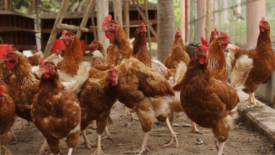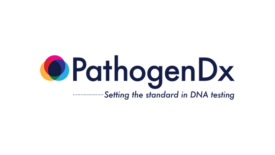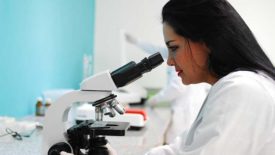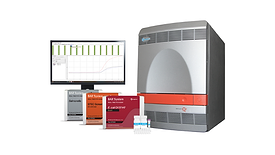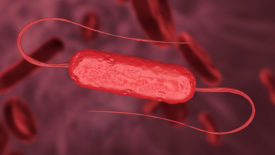Testing & Analysis
Manufacturer sampling of leafy greens is characterized by five common misconceptions
Read More
BIZTRACKS
AOAC-Certified Solution Detects Bacterial, Fungal Cannabis Contaminants in One Step
June 2, 2022
Never miss the latest news and trends driving the food safety industry
eNewsletter | Website | eMagazine
JOIN TODAY!Copyright ©2025. All Rights Reserved BNP Media.
Design, CMS, Hosting & Web Development :: ePublishing


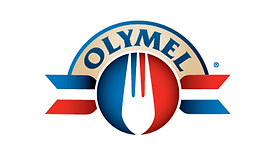
.png?height=168&t=1661887788&width=275)
